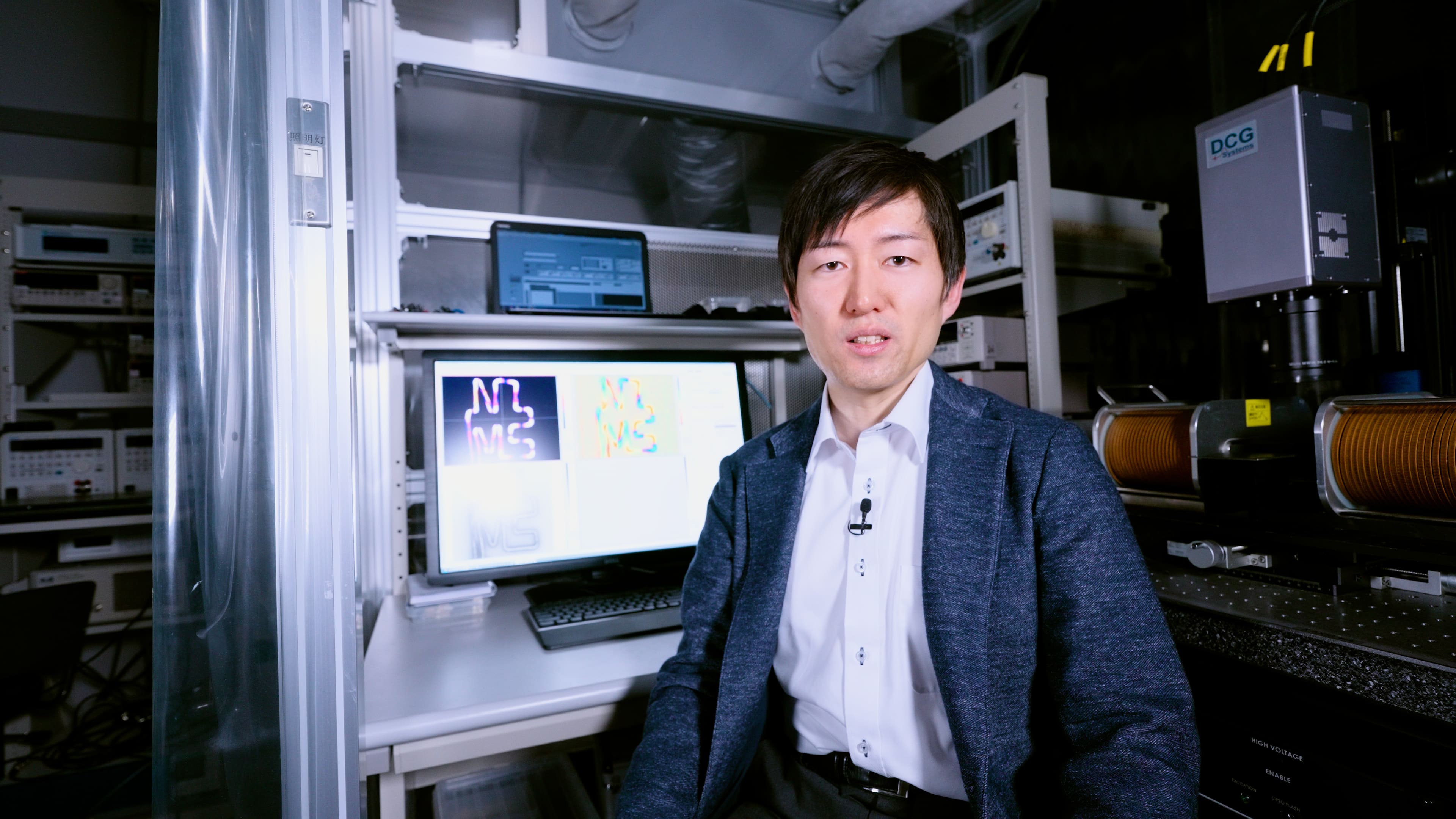Message
Discover and observe phenomena by ourself and lay the foundation for new research fields. Let's create world-leading research from Japan.
Ever since I was a child, my parents never told me to do anything and I decided on my carrier by
myself including the selection of the university. In fact, I never once thought of becoming a
researcher until I started my research. I chose to be a researcher because I found that I like doing
research.
The field of spin caloritronics has developed from a physical phenomenon I discovered when I was an
undergraduate student in Keio University. This is a field that offers great opportunities for
students to play an active role. Currently, we are working not
only on basic research, but also on how to evelop the various principles discovered in spin
caloritronics for practical applications. Our laboratory conducts research in cooperation with Spin
Caloritronics Group, Research Center for Magnetic and Spintronic Materials, National Institute for
Materials Science (NIMS) in Tsukuba. Students in this laboratory can use state-of-the-art facilities
not only at Univ. Tokyo but also at NIMS.













